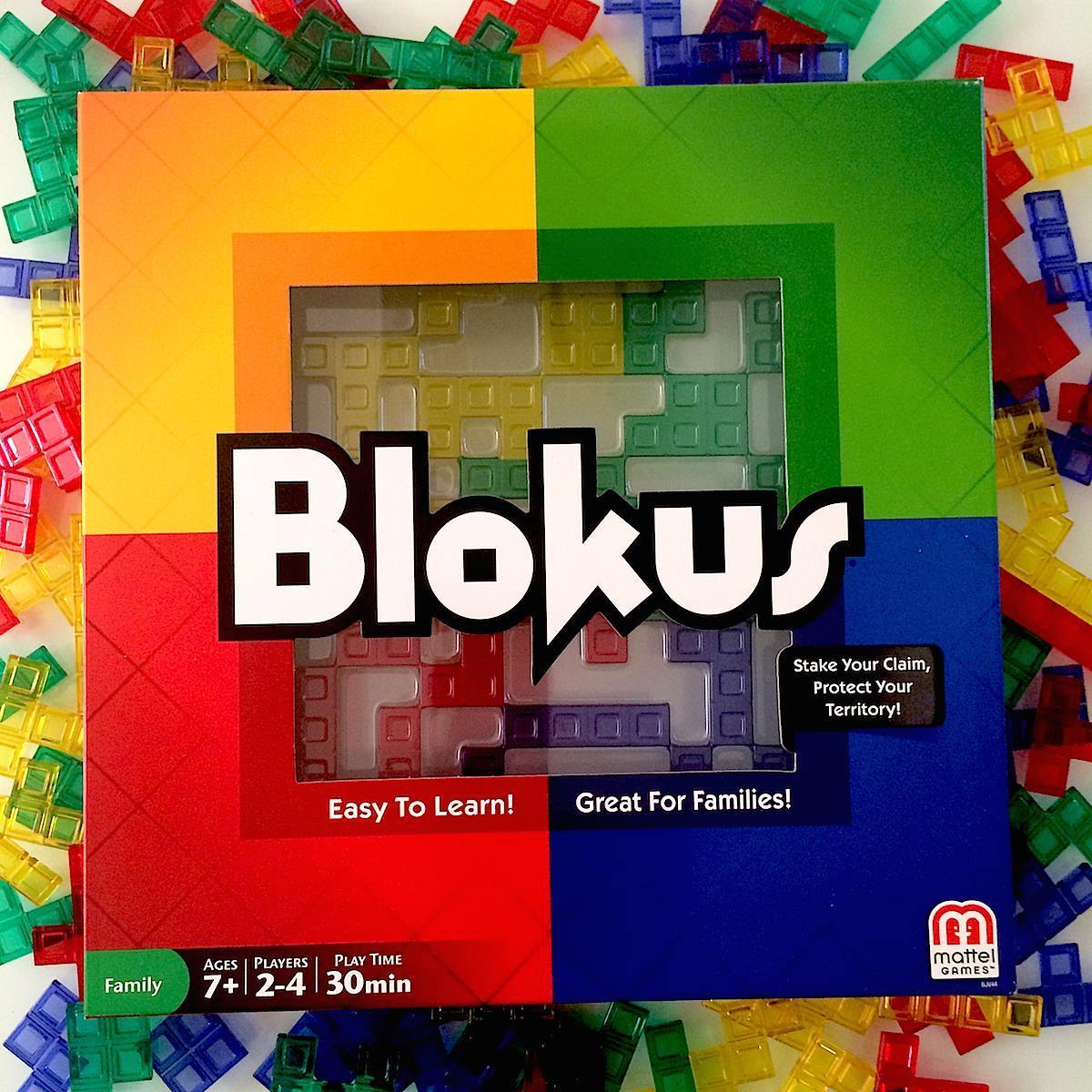
They make the assumption that an agent actually knows all the consequences of his beliefs. In this case, the agents' model of belief is not correct. their own knowledge of the game? The chess scenario is an anecdotal example of the way inaccurate cognitive models can lead to behavior that is less than intelligent in artificial agents. Why then do they come to such an odd conclusion about. But because of the overwhelming combinatorics of' chess, neither they nor the fastest foreseeable computers would be able to search the entire game tree to find out whether White has a forced win. Which were the social, technical and human reasons that led the development of an artificial intelligence in the Chess game area? Then, the question is: why and how can one have believed that an intelligent machine had been created? View full-textīoth agents are state-of-theart constructions, incorporating the latest Al research in chess playing, natural-language understanding, planning, etc. These three periods match the improvement of programs, made possible thanks to the major technological progress in processing power and storage capacity.
#Blokus online 2 player series
During the second period, from 1972 to 1988, programs reached a Grandmaster level and finally, the third period was marked by a series of defeats of the best Chess players, and came to an end in 1997, with the Word Chess champion’s fall, an event broadcasted and followed all over the world. computers raised up to the one of a secondary school student. This history can be divided into three significant periods that correspond with the level reached by computer programs.
#Blokus online 2 player full
On May 11th 1997, the win of Deep Blue program over the World Chess Champion Garry Kasparov marked a full stop milestone in the history of the human/machine confrontation around Chess game considered as the ultimate intelligent game. Copyright © 2010, Association for the Advancement of Artificial Intelligence (All rights reserved. Our tsume-shogi solver is able to solve several difficult positions previously unsolved by any other solvers. Results show that df-pn with TCA and SNDA is far superior to df-pn(r). Both TCA and SNDA are implemented on top of df-pn to solve tsume-shogi (checkmating problem in Japanese chess). The source node detection algorithm (SNDA) detects the cause of overestimation and modifies the computation of proof and disproof numbers. While bypassing infinite loops, the threshold controlling algorithm (TCA) solves the underestimation problem by increasing the thresholds of df-pn. It then presents two practical solutions to these problems.

it also suffers from the overestimation problem occurring in directed acyclic graph. This paper points out that df-pn(r) has a serious issue of underestimating proof and disproof numbers, while.

Df-pn(r) cures it by ignoring proof and disproof numbers that may lead to infinite loops.

However, df-pn has a notorious problem of infinite loops when applied to domains with repetitions. In this work, I am developing random and different greedy strategies to analyze the effectiveness of different factors such as pieces’ size, corner availability, and first-player turn.ĭepth-first proof-number search (df-pn) is powerful AND/OR tree search to solve positions in games. Various algorithms were discovered and created to develop winning strategy and AI against human opponents. Just like other strategy board game such as chess, Blokus contains definite strategic patterns that can be solved with computer algorithms. The player that scores the highest wins the game. Each player has pieces with different shapes and sizes that can be placed onto the board, where each block within a piece counts as one point. The ultimate goal of the game is to place as many pieces onto the board as a player can while blocking off the opponent’s ability to place more pieces onto the board. However, the players can only place a piece that touches at least one corner of their own pieces on the board. Blokus (officially pronounced as “Block us”) is an abstract strategy board game with transparent Tetris-shaped, color pieces that players are trying to place onto the board.


 0 kommentar(er)
0 kommentar(er)
